This week we had the pleasure of staying at Sandals LaSource Grenada. Not only is it an amazingly beautiful resort, but Sandals has a great PADI dive program, so we decided to challenge ourselves and take the SCUBA diving beginner course during our stay. Even though we’ve vacationed at Sandals resorts many times, we finally decided to do this, because our daughter was also getting certified back in California at the same time. We thought it would be great to try it, too.
At first, we were just going to do the introductory resort course, which would allow us to dive only during our current stay. The cost of this course at Sandals is $90 dollars per person. Adrian Steele was our instructor.
We began by reading “Discover Scuba Diving”. This booklet:
- Explains how water pressure affects our air spaces; our ears, sinuses, lungs and mask.
- Explains how to equalize those air spaces by pinching our noses and blowing gently.
- Orients us with our equipment.
- Explains hand signals for communicating underwater.
- Explains how to use the various equipment components.
- Recommends wait times for flying and driving to altitude after diving.
We also watched a short video explaining everything. It really impressed upon on us the importance of what we were about to undertake. Scuba diving is serious business. It is risky, but learning how to do it properly and practicing emergency procedures can reduce the risk, opening up a whole new adventurous and beautiful underwater world.
Now it was time to put this all into practice. Adrian made sure to go over all the equipment again and demonstrated how everything worked. It seemed overwhelming at first, but going over it so many times really helped us to understand and begin to memorize the different components of the scuba equipment and how to use it.
Next, we put all of this equipment on and got it adjusted. Other than the smaller sized BCD, everything I had on was the same size as the guys. I confess it felt extremely heavy. As I was trudging toward the pool, bent over to steady myself from the weight, I was commenting (complaining) on how heavy it felt. Adrian asked me how much I thought it weighed. I thought “I don’t want to seem like a total wimp”, so instead of the 90 lbs. I thought in my head, I guessed what I thought was a pretty conservative 45 lbs. Adrian laughed and said it was actually about 30 lbs. I couldn’t believe it! I felt so much heavier. I still would like to actually put in on a scale to prove it.
We hopped in the pool (the one with the fireplace in the center) for our lesson. As the tank entered the water, all that equipment began to feel lighter and finally weightless when we were fully into the pool.
Now to use all of this equipment. We practiced:
- Inflating and deflating our Buoyancy Control Device (BCD) on the surface
- Breathing underwater
- Clearing our regulator (getting the water out before breathing)
- Regulator recovery (finding and replacing into our mouths)
- Mask clearing (getting water out while underwater)
- Equalizing techniques (pinching and blowing, swallowing and head tilting)
- Becoming neutrally buoyant (neither sinking or floating)
The hardest and most dreaded part for me was clearing my mask. First we had to purposely break the seal with our fingers and let water come in from the bottom to just below our eyes. I confess I kind of freaked out at this point. I got water in my nose and couldn’t calm down enough to clear out the water. I was frantically trying to communicate this with whatever hand signals I remembered. Basically, I was saying, “I can’t breathe; I’m going to the surface, never mind what you’re telling me”. And, I did. On the surface, Adrian reminded me that I can’t very well do that when I’m 30 feet underwater. I knew he was right. We talked about what happened and how I need to stay calm and get through it. We went down again and I was able to complete this task, as well as fully flooding my mask. My husband had a little trouble clearing his mask, too, but was able to keep calm and eventually clear it of water.
All of the above was done in the pool. Easy peasy, for the most part. Now, the true test was doing it in the ocean. For the Discover Scuba Diving course, you do not become certified to go in the open ocean. You are only able to diving in confined open water with an instructor guiding you and ensuring your safety the entire time.
Sandals LaSource Grenada has a gradually sloping ocean floor, which is perfect for the introductory course. After a bathroom break, we trudged from the pool to the shallows via the dive/sports office. Ugh, the tank and equipment felt even heavier as I got out. It was a relief to get into the ocean and feel the weightlessness again. Again, we did all the same drills, but deeper now at about ten feet, as opposed to four in the pool. The most important thing to remember in diving is always breathe, so by continuing to breath, slowly and deeply, I was able to stay calm and do everything without making a break for the surface. Now, I could begin to feel the pressure in my ears, so Adrian had us working on equalizing by pinching our noses and blowing gently.
Once we completed all of our tasks, we began to descend further. Equalizing air spaces is absolutely a must, so we did that every 30-60 seconds, it seemed like. I had a little trouble, so I gave the sign (waggling my hand) to Adrian and I went back up a little to try again. Once I was able to clear, I went down further. My husband seemed to get the knack of this a little easier than I. A combination of the three techniques worked for me.
We descended to 30 feet, swam for a while, enjoying finally seeing fish up close while underwater and practicing becoming neutrally buoyant. After several minutes we then ascended slowly.
Yes, we completed our first dive! Adrian asked if we were ready to take the next step and go for our Open Water Diver certification. Although it’s quite a bit more expensive; another $360 per person, because we felt pretty comfortable under the water and also wanted to join our daughter on dives, we decided to go for it.
When you take the PADi Open Water Diver certification, it normally takes 3 days when done at a Sandals resort. You have to complete a written course (took us about 6-7 hours), the skills tests, two confined water dives, pass a written test scoring at least 75% and two open water dives to 60 ft. Some of the additional skills you need to exhibit are:
- Tired diver tow
- Weight system removal and replacement (at the surface)
- Cramp removal
- Swim with a compass
Although we both swallowed a bit of water and got salt water in our eyes, by staying calm and continuing to breathe slowly and deeply, we were able to complete all of the tasks to our instructor’s satisfaction.
For our open water dives, we visited the Purple Rain and Northern Exposure dive sites, descending down to 59 ft. We completed our written tests with better than passing scores. Now I can proudly say, we are both certified divers!
Adrian did a fantastic job of teaching us our skills, explaining everything fully and, when we didn’t do something correctly, explaining what we did wrong and making sure we could do it right.
By becoming a diver, I was able to see, first-hand, how great the dive teams are at Sandals resorts. Each resort has a dive center or access to one very nearby. An example is Sandals Royal Plantation, which does not have its own dive center, but uses the one at Sandals Ochi Beach, right next door.
Safety of guests is the dive team’s number one priority. They take roll, so that no one is left behind. On the dive boat, they have a boat captain, a dive master and an assistant. The dive master does a full dive orientation while on the boat and takes the divers down as a group, making sure everyone has a dive buddy and watches over everyone to make sure it is a safe dive for all. If there are student divers, they come with their instructor, who dives separately from the main group to complete their objectives.
Sandals LaSource Grenada is a great place to dive. There are many dive sites within 5-10 minutes of the resort. There is a shallow underwater sculpture park about 20 minutes away, also. Grenada has more wrecks surrounding it than most other islands. The wrecks are all about 110 feet down though, so you would need an Advanced Open Water certificate to dive them. If the resort has advanced divers that want to dive deeper, most of the time they will be able to accommodate them by bringing a second dive master on the boat.
The best Sandals resorts for the introductory PADI Discover Scuba Diving course in terms of the shallowness of the water are:
- Sandals LaSource Grenada
- All Sandals resorts in St. Lucia
- Sandals Royal Caribbean, Jamaica
- Sandals Negril, Jamaica
- Sandals Whitehouse, Jamaica
- Sandals Emerald Bay, Exuma, Bahamas
Although it took up a lot of time on our vacation, my husband and I had fun challenging ourselves and completing this together. It’s a whole new adventure for us and it’s also something we can share with our daughter. It’s also a great way for us to meet new friends.
I priced the PADI Open Water Diver course at the local Sport Chalet and the price they quoted was $700-$750. It also takes a lot more time, because you have to meet your instructor at a pool, you have to purchase some equipment and you have to go to the beach to complete your open water dives. So doing it at Sandals for just $450 is a very good value and you can do it much faster and more conveniently. All this, while enjoying a luxurious, all-inclusive and romantic vacation!
In my opinion, there is no place better than Sandals to do get your Open Water Diver certification. The resort takes complete care of you while you’re there and you don’t have to worry about anything other than learning and practicing your dive skills. There is no traipsing back and forth to wherever the nearest beach or lake is and where it might be freezing. It’s nice and warm in the Caribbean. And, you have a whole, professional dive team instructing you and making sure you learn it all well and complete everything safely. Your dive certificate stays with you for your lifetime and there are lots of Sandals resorts, as well as three Beaches resorts, to experience new dive sites at every year. Best of all, once you’re certified, scuba diving is free at ALL Sandals and Beaches resorts and they include ALL your equipment.
Would you like to embark on this adventure, too? As of the end of this month, I’ve been to ALL of the Sandals resorts and can share my first-hand experience, not only about the islands and resorts, but also the dive experience.
Visit www.AppointmentWithSheila.com to schedule your quick, complimentary phone consultation. I can help you plan the trip of a lifetime and the start of lifetime of adventures together!
YOU’RE INVITED TO MY SANDALS CARIBBEAN NIGHT! If you would like to find out detailed information about SANDALS RESORTS to see which one is best for you AND earn a $250 spa credit, be sure to RSVP by calling 800-733-7471. Click to see the details.
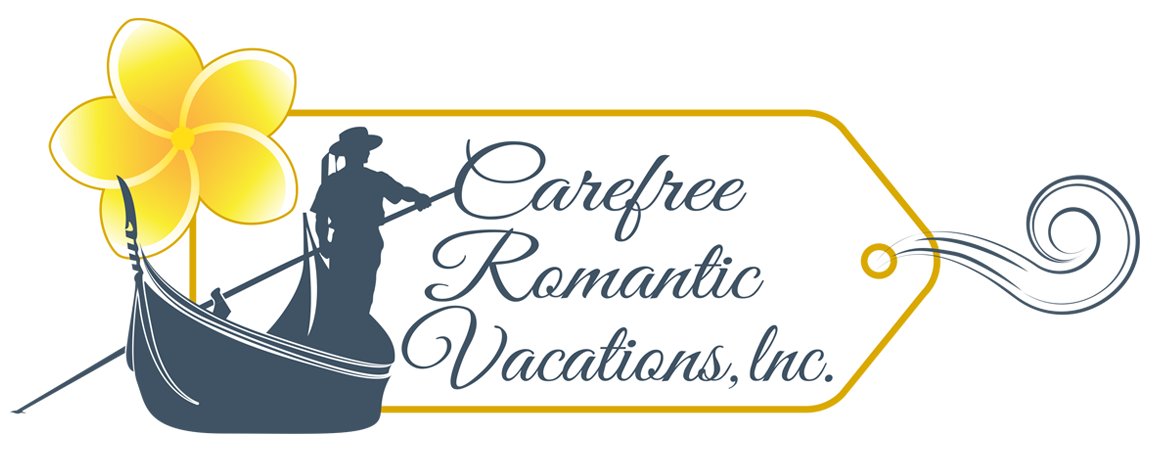






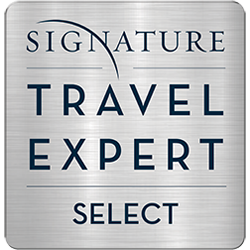
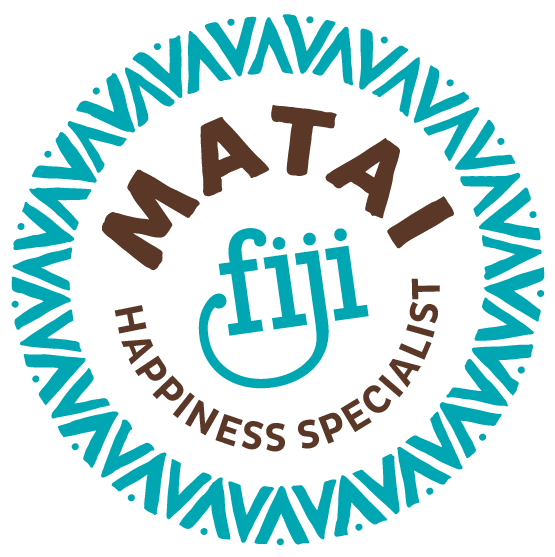
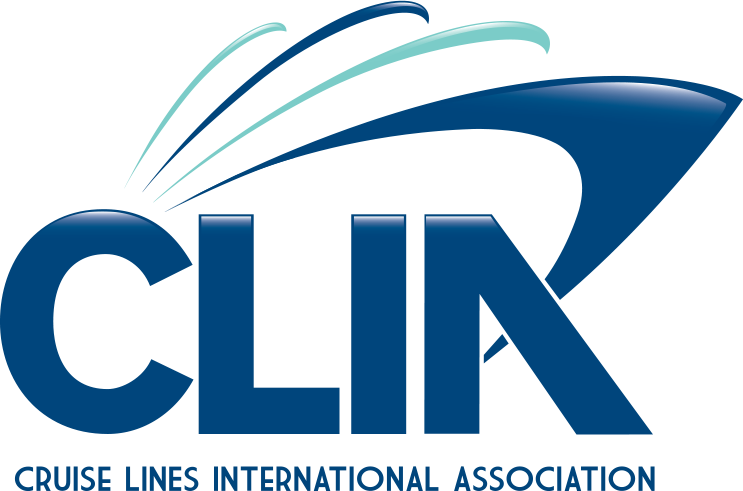
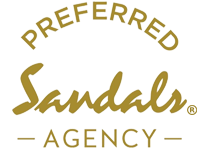
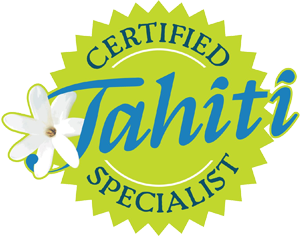

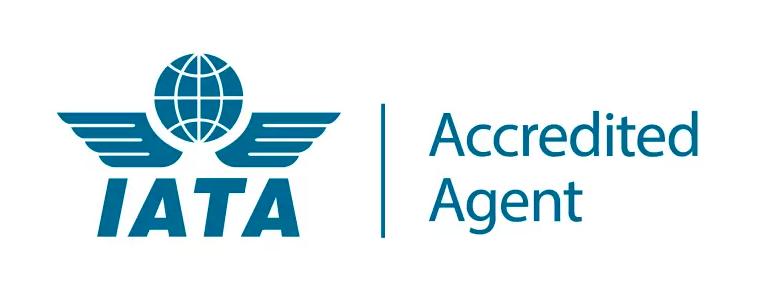
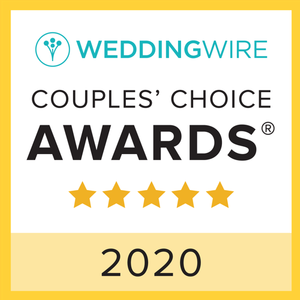

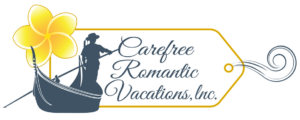

Great guide for beginner scuba divers! The tips on breathing techniques and buoyancy control are really helpful. Safety is key, and it’s great that you’ve emphasized the importance of choosing the right gear. Looking forward to exploring more beginner-friendly dive spots. Thanks for sharing! Visit : http://www.orcadiveclub.in/